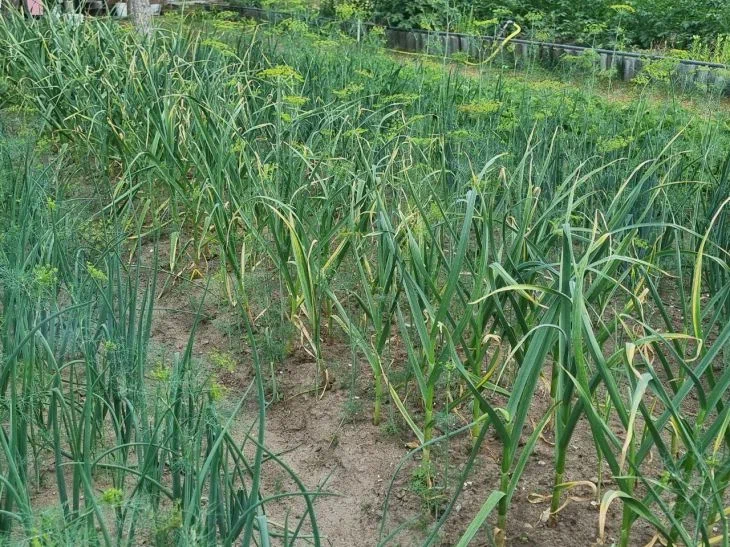The unpredictable climate often presents summer residents with surprises that simply cannot be called “pleasant” – for example, when winter garlic planted in October decided to sprout with the arrival of November.
How to emerge victorious from such a situation was explained by the expert of the online publication BelNovosti, agronomist, and landscape designer Anastasia Kovrizhnykh .
So, if the garlic starts growing due to unexpected warmth, you will need to sprinkle the shoots.
Your task is to make sure that the green feathers are not visible.
Loose nutrient materials are best suited for this purpose. They have two positive qualities at once: the ability to pass oxygen and the ability to retain heat when frost sets in.

What are these materials? They include peat, humus, rotted manure or black soil.
In a pinch, regular soil will do, but it is far from the best option, since it compacts too much and has poor air permeability.
But that’s not all – after you sprinkle the sprouts, lay mulching material on the garlic beds, for example, spruce branches, straw, hay, sawdust, fallen leaves or mown green manure.









